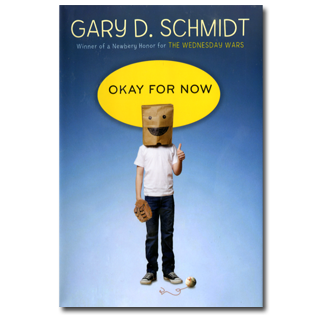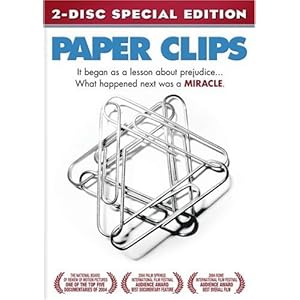Conducting research is really only meaningful when you have an interest in a topic, and that might mean a ratio of one topic per student. That's difficult to manage. As I was brainstorming a way to add student choice to the activity while still maintaining some control over the process, something happened in Sandford, Florida that captured all of America's attention. George Zimmerman shot Trayvon Martin.
Whatever our feelings are on an issue, I feel that a teacher's role is to allow our students access to enough information for them to make up their own minds. The opportunity to think critically is one of the best gifts that we can give teenagers. Although I was anxious to start talking about this issue right away, I guesstimated an approximate time that enough information would be available to us and booked one of our rolling computer labs. Also, I decided to create a list of questions to guide their research, so they would get to investigate as many sides as possible. All answers were to be paired with their source and the date of publication. Of course, there was also space and time for them to seek out answers to their own questions and express their own opinions. Students were also asked to read Toure's response to Trayvon's death, "How to Stay Alive While Being Black."
I didn't give a lecture regarding what happened, although I could have. Being a sage on the stage when you're trying to get children to think for themselves is counterproductive. I kept quiet for most of the time, but I did ask a few questions out loud after about a half hour of research, so students who wanted to speak up could.
And you would have been impressed to see the seriousness with which they took on a detective's task and the intelligence with which they discussed the issues surrounding the incident. No one ever lost sight of the tragedy of a teen's death and the fact that we wouldn't be able to sort everything out in 70 minutes of inquiry. This was one of the quietest activities I've ever witnessed. I gave my second block a five minute chat break, but most of them just continued to dig deeper.
If you've ever looked at a teenager and presumed anything about their lack of passion for learning, or anything else for that matter....well....you know where I'm going with this.
Whatever our feelings are on an issue, I feel that a teacher's role is to allow our students access to enough information for them to make up their own minds. The opportunity to think critically is one of the best gifts that we can give teenagers. Although I was anxious to start talking about this issue right away, I guesstimated an approximate time that enough information would be available to us and booked one of our rolling computer labs. Also, I decided to create a list of questions to guide their research, so they would get to investigate as many sides as possible. All answers were to be paired with their source and the date of publication. Of course, there was also space and time for them to seek out answers to their own questions and express their own opinions. Students were also asked to read Toure's response to Trayvon's death, "How to Stay Alive While Being Black."
I didn't give a lecture regarding what happened, although I could have. Being a sage on the stage when you're trying to get children to think for themselves is counterproductive. I kept quiet for most of the time, but I did ask a few questions out loud after about a half hour of research, so students who wanted to speak up could.
And you would have been impressed to see the seriousness with which they took on a detective's task and the intelligence with which they discussed the issues surrounding the incident. No one ever lost sight of the tragedy of a teen's death and the fact that we wouldn't be able to sort everything out in 70 minutes of inquiry. This was one of the quietest activities I've ever witnessed. I gave my second block a five minute chat break, but most of them just continued to dig deeper.
If you've ever looked at a teenager and presumed anything about their lack of passion for learning, or anything else for that matter....well....you know where I'm going with this.
















